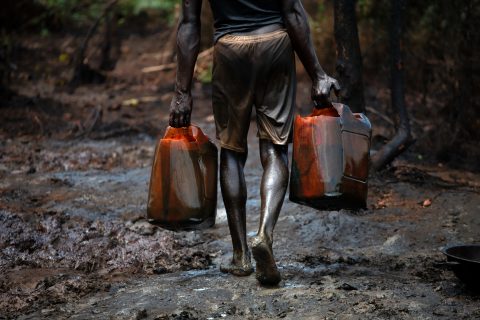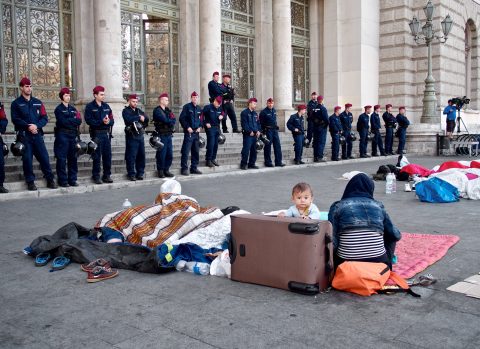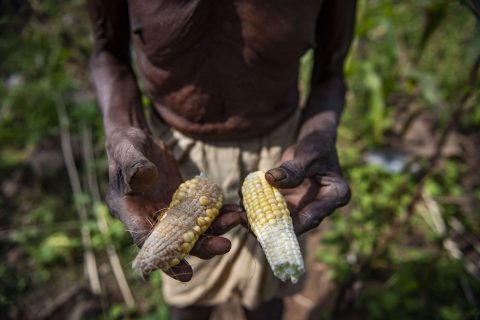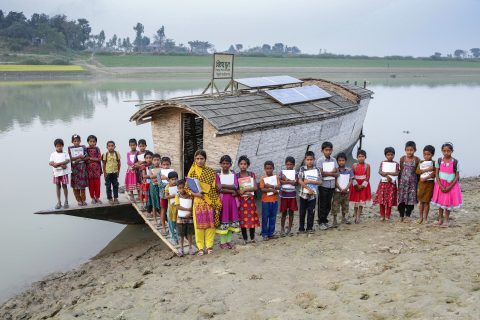Faculty for a Future's diagnosis of the problem

These six points outline our understanding of the emergent world and inform the objectives and development of all of our projects. They are not set in stone. It is important to us that our diagnosis of the problem is shaped by, and evolves with, the expertise of our community as it grows.
Read the six points with this in mind and contribute to their evolution yourself by registering your views and suggestions in this feedback form. We will periodically return to its results and update them in line with our community’s thinking.
This page will be updated in due course with some thoughts about academia’s role in the crisis.
1. A systemic sustainability crisis
The world isn’t just suffering from a climate crisis, but also severe damage to the wider natural world. This includes soil degradation, species extinction, water scarcity, and more - all of which damages our wellbeing. At the same time inequality, discrimination, mistrust and other social crises are rife. These environmental and social issues don’t exist in isolation – they are entangled.

2. Driven by human systems
The pressures on the Earth and our societies have their roots in social, economic, and political decisions starting centuries ago. Those pressures have been dramatically accelerated by post-Industrial Revolution structures and institutions. This in turn has entrenched values, norms, and behaviours that are unsustainable, as well as inequalities in wealth, exposure to pollution, and welfare. Who and what we prioritise in our societies is a choice - what we decide now determines our future.

3. Causing severe harms now
Environmental degradation and social instability are already causing wide-ranging, long-lasting, and unpredictable harms. These range from crop failure and supply chain disruption (leading to rises in the cost of living), to loss of land, livelihoods, and lives. It would be dangerous to assume these harms won’t combine in potentially devastating ways.

4. Unequal harm, shared danger
Those who have contributed least to these crises are typically being harmed first and worst by environmental shocks. This injustice entails a moral imperative to act. It is also important to recognise that typically sheltered regions are starting to experience severe shocks. In an interconnected world, even seemingly distant disasters ripple out to produce global harms. These unequal but shared dangers will intensify.

5. Urgent action to avoid catastrophe
If we do not address these crises quickly, we risk harms so severe they overwhelm the ability of societies to cope. Every moment of delay means a worse outlook for all - even those who profit from it in the short term.

6. Together, we can rapidly correct our course
While our situation looks daunting, history shows that rapid social, ecological, and technological transformations across society are possible with sufficient cooperation. Everyone has a role to play but academics, as trusted educators and knowledge holders, have a particular responsibility. We can ensure our professional and personal choices bring us into collaboration with others outside our usual sphere, empower those who have been ignored, and benefit life. Together, we can realise a safer, healthier, and fairer world.






